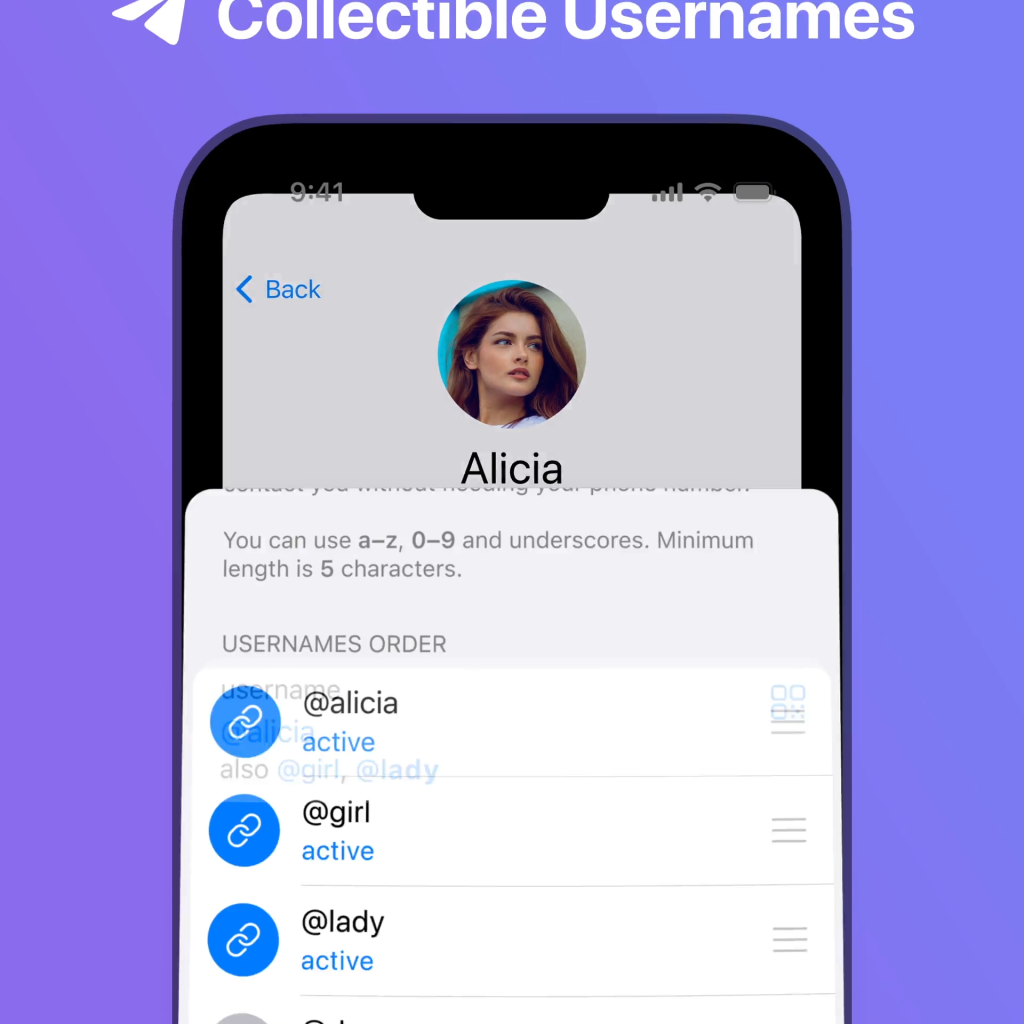
Yes, you can withdraw from a Trust Wallet by sending your cryptocurrency to another wallet address using the app’s “Send” feature.
Understanding Trust Wallet
What is Trust Wallet?
Trust Wallet is a decentralized, mobile cryptocurrency wallet that enables users to store, manage, and interact with their digital assets securely. It is designed to support a wide range of cryptocurrencies, including Bitcoin, Ethereum, and many others. Trust Wallet is available for both Android and iOS devices, making it accessible to a broad audience.
Key Features of Trust Wallet
Trust Wallet offers several key features that make it a popular choice among cryptocurrency enthusiasts:
- User-Friendly Interface: Trust Wallet provides an intuitive and easy-to-navigate interface, allowing users to manage their assets with ease.
- Wide Range of Supported Cryptocurrencies: Trust Wallet supports a vast array of cryptocurrencies, making it a versatile option for users with diverse portfolios.
- Built-In Exchange: Users can exchange their cryptocurrencies directly within the wallet using the built-in exchange feature.
- Decentralized: Trust Wallet is a non-custodial wallet, meaning users have full control over their private keys and funds.
- Enhanced Security: Trust Wallet offers robust security features, including biometric authentication and encrypted private keys, to protect users’ assets.
- Integration with Decentralized Applications (DApps): Trust Wallet allows users to interact with various decentralized applications, expanding its functionality beyond just a wallet.
- Multi-Platform Accessibility: Trust Wallet is available on both Android and iOS, ensuring that users can manage their assets on the go.

Steps to Withdraw from Trust Wallet
Preparing Your Wallet
Before initiating a withdrawal, ensure your Trust Wallet is properly set up and secure. This includes:
- Updating Your Wallet: Make sure your Trust Wallet app is updated to the latest version to benefit from the latest security features and bug fixes.
- Backing Up Your Wallet: Backup your wallet by writing down your recovery phrase and storing it in a secure place. This will help you restore your wallet if your device is lost or stolen.
- Checking Your Balance: Verify that you have sufficient funds available in your wallet to cover the withdrawal amount and any associated fees.
Initiating the Withdrawal
To begin the withdrawal process, follow these steps:
- Select the Cryptocurrency: Open your Trust Wallet and select the cryptocurrency you wish to withdraw.
- Enter the Recipient Address: Input the recipient’s wallet address accurately. Double-check the address to ensure it is correct to avoid losing your funds.
- Specify the Amount: Enter the amount of cryptocurrency you want to withdraw. Ensure you account for any transaction fees that may apply.
- Review the Transaction Details: Carefully review all transaction details, including the recipient address and withdrawal amount, before proceeding.
Confirming the Transaction
Once you have initiated the withdrawal, you will need to confirm the transaction:
- Authorize the Transaction: Depending on your security settings, you may need to authorize the transaction using biometric authentication or a passcode.
- Wait for Confirmation: After authorizing the transaction, it will be broadcast to the blockchain network. You may need to wait for network confirmations, which can vary depending on the cryptocurrency and network congestion.
- Verify the Withdrawal: Once the transaction is confirmed, verify that the funds have been successfully transferred to the recipient’s wallet. You can track the transaction status using a blockchain explorer.
Security Measures for Withdrawing Funds
Enabling Two-Factor Authentication
Implementing two-factor authentication (2FA) adds an extra layer of security to your Trust Wallet. Here’s how to enable it:
- Install a 2FA App: Download and install a two-factor authentication app, such as Google Authenticator or Authy, on your mobile device.
- Link Your Trust Wallet: Open the Trust Wallet app and navigate to the security settings. Follow the prompts to link your wallet with the 2FA app.
- Scan the QR Code: Use your 2FA app to scan the QR code provided by Trust Wallet. This will link your Trust Wallet account to the 2FA app.
- Enter the Verification Code: After scanning the QR code, your 2FA app will generate a verification code. Enter this code into Trust Wallet to complete the setup.
Keeping Your Wallet Updated
Regularly updating your Trust Wallet is essential for maintaining security. Updates often include important security patches and feature enhancements. Follow these steps to keep your wallet updated:
- Check for Updates: Periodically check the App Store (iOS) or Google Play Store (Android) for updates to the Trust Wallet app.
- Enable Auto-Updates: Consider enabling automatic updates for your apps to ensure you always have the latest version of Trust Wallet.
- Read Update Notes: Review the release notes for each update to understand what changes and improvements have been made.

Common Issues and Troubleshooting
Insufficient Funds
One of the common issues users encounter when withdrawing from Trust Wallet is insufficient funds. This can happen if you do not have enough cryptocurrency in your wallet to cover both the withdrawal amount and the transaction fees.
- Check Your Balance: Always verify your wallet balance before initiating a withdrawal. Ensure that you have enough funds to cover the withdrawal and any associated fees.
- Deposit More Funds: If your balance is insufficient, consider depositing more cryptocurrency into your Trust Wallet before attempting the withdrawal again.
- Adjust Withdrawal Amount: You can also try withdrawing a smaller amount that is within your available balance.
Network Congestion
Network congestion can cause delays or even failures in processing your withdrawal. This is often due to high traffic on the blockchain network.
- Monitor Network Status: Check the current status of the blockchain network for the cryptocurrency you are withdrawing. Websites like blockchain explorers can provide real-time information on network congestion.
- Increase Transaction Fee: If possible, increase the transaction fee to prioritize your transaction. Higher fees can speed up the confirmation process during periods of network congestion.
- Be Patient: Sometimes, the best option is to wait for the network congestion to decrease. Try resubmitting the transaction during off-peak hours.
Incorrect Wallet Address
Entering an incorrect wallet address can result in the permanent loss of your funds. It’s crucial to double-check the address before confirming the transaction.
- Double-Check the Address: Carefully verify the recipient’s wallet address before proceeding with the transaction. Ensure that there are no typos or errors.
- Copy and Paste: Use the copy and paste function to avoid manual entry errors. However, double-check after pasting to ensure the address is correct.
- Test with a Small Amount: If you are unsure about the address, consider sending a small test transaction first. Once the test transaction is successful, you can proceed with the full withdrawal.

Fees Associated with Withdrawing
Transaction Fees
When withdrawing funds from Trust Wallet, you will encounter transaction fees. These fees are necessary to process your transaction on the blockchain.
- Understanding Transaction Fees: Transaction fees are paid to miners who validate and record transactions on the blockchain. The amount of the fee can vary based on the cryptocurrency and the network’s current demand.
- Setting Transaction Fees: In some cases, Trust Wallet allows you to manually set the transaction fee. Choosing a higher fee can expedite the transaction, while a lower fee might result in delays.
- Fee Calculation: The transaction fee is usually displayed before you confirm the withdrawal. Ensure you review and understand the fee before proceeding.
Network Fees
Network fees, also known as gas fees, are specific to certain cryptocurrencies, like Ethereum. These fees cover the cost of using the network to process and validate transactions.
- Gas Fees for Ethereum Transactions: On the Ethereum network, gas fees are required to execute transactions and smart contracts. The amount of gas needed can vary based on network congestion and the complexity of the transaction.
- Impact of Network Congestion: High network congestion can lead to increased network fees. Monitoring the network status and adjusting the timing of your transactions can help manage these costs.
- Optimizing Network Fees: Some wallets, including Trust Wallet, offer options to optimize network fees. This might involve choosing a standard, fast, or instant transaction speed, each with different fee levels.

Supported Cryptocurrencies for Withdrawal
Popular Cryptocurrencies
Trust Wallet supports a wide range of cryptocurrencies, making it a versatile option for users with diverse portfolios. Some of the most popular cryptocurrencies supported for withdrawal include:
- Bitcoin (BTC)
- Ethereum (ETH)
- Binance Coin (BNB)
- Ripple (XRP)
- Litecoin (LTC)
- Cardano (ADA)
- Polkadot (DOT)
- Solana (SOL)
- Chainlink (LINK)
- Stellar (XLM)
How to Withdraw Each Type
Withdrawing Bitcoin (BTC)
- Open Trust Wallet: Launch the Trust Wallet app and select Bitcoin (BTC) from your wallet.
- Tap ‘Send’: Click on the ‘Send’ button to initiate the withdrawal process.
- Enter Recipient Address: Input the recipient’s Bitcoin wallet address. Double-check for accuracy.
- Specify Amount: Enter the amount of BTC you wish to withdraw.
- Review and Confirm: Review the transaction details and confirm the withdrawal.
Withdrawing Ethereum (ETH)
- Open Trust Wallet: Access your Trust Wallet and choose Ethereum (ETH) from the list of assets.
- Tap ‘Send’: Select the ‘Send’ option to start the withdrawal.
- Enter Recipient Address: Provide the recipient’s Ethereum wallet address. Ensure it is correct.
- Specify Amount: Enter the desired amount of ETH to withdraw.
- Set Gas Fee: Adjust the gas fee if necessary to expedite the transaction.
- Review and Confirm: Double-check the details and confirm the transaction.
Withdrawing Binance Coin (BNB)
- Open Trust Wallet: Open the Trust Wallet app and select Binance Coin (BNB).
- Tap ‘Send’: Click on ‘Send’ to begin the withdrawal.
- Enter Recipient Address: Input the recipient’s BNB address. Verify it is accurate.
- Specify Amount: Enter the amount of BNB to withdraw.
- Set Transaction Fee: Adjust the transaction fee if required.
- Review and Confirm: Carefully review the transaction details and confirm.
Withdrawing Ripple (XRP)
- Open Trust Wallet: Launch the Trust Wallet and choose Ripple (XRP).
- Tap ‘Send’: Click on the ‘Send’ button.
- Enter Recipient Address: Enter the recipient’s XRP address and destination tag if applicable.
- Specify Amount: Input the amount of XRP to withdraw.
- Review and Confirm: Review the details and confirm the transaction.
Withdrawing Litecoin (LTC)
- Open Trust Wallet: Access your Trust Wallet and select Litecoin (LTC).
- Tap ‘Send’: Click on ‘Send’ to initiate the withdrawal.
- Enter Recipient Address: Provide the recipient’s LTC wallet address. Check for accuracy.
- Specify Amount: Enter the amount of LTC to withdraw.
- Review and Confirm: Confirm the transaction details before proceeding.

Tips for Smooth Withdrawals
Double-Check Wallet Addresses
Ensuring the accuracy of the wallet address is crucial when withdrawing funds. An incorrect address can lead to the permanent loss of your cryptocurrency.
- Copy and Paste: Use the copy and paste function to avoid manual entry errors. However, always double-check the address after pasting.
- Verify Address Format: Ensure the address format matches the cryptocurrency you are withdrawing. Different cryptocurrencies have different address formats.
- Test Transaction: For large withdrawals, consider sending a small test transaction first. Confirm the recipient receives the funds before proceeding with the full amount.
Be Aware of Network Congestion
Network congestion can delay transactions and increase fees. Understanding the network status can help you manage your withdrawals more effectively.
- Monitor Network Status: Check the current network status of the cryptocurrency you are withdrawing. Websites like blockchain explorers provide real-time information on network congestion.
- Adjust Timing: If the network is congested, consider waiting for a less busy time to initiate your transaction. Off-peak hours often have lower fees and faster processing times.
- Set Appropriate Fees: Some wallets allow you to set the transaction fee. During congestion, setting a higher fee can prioritize your transaction and expedite processing.